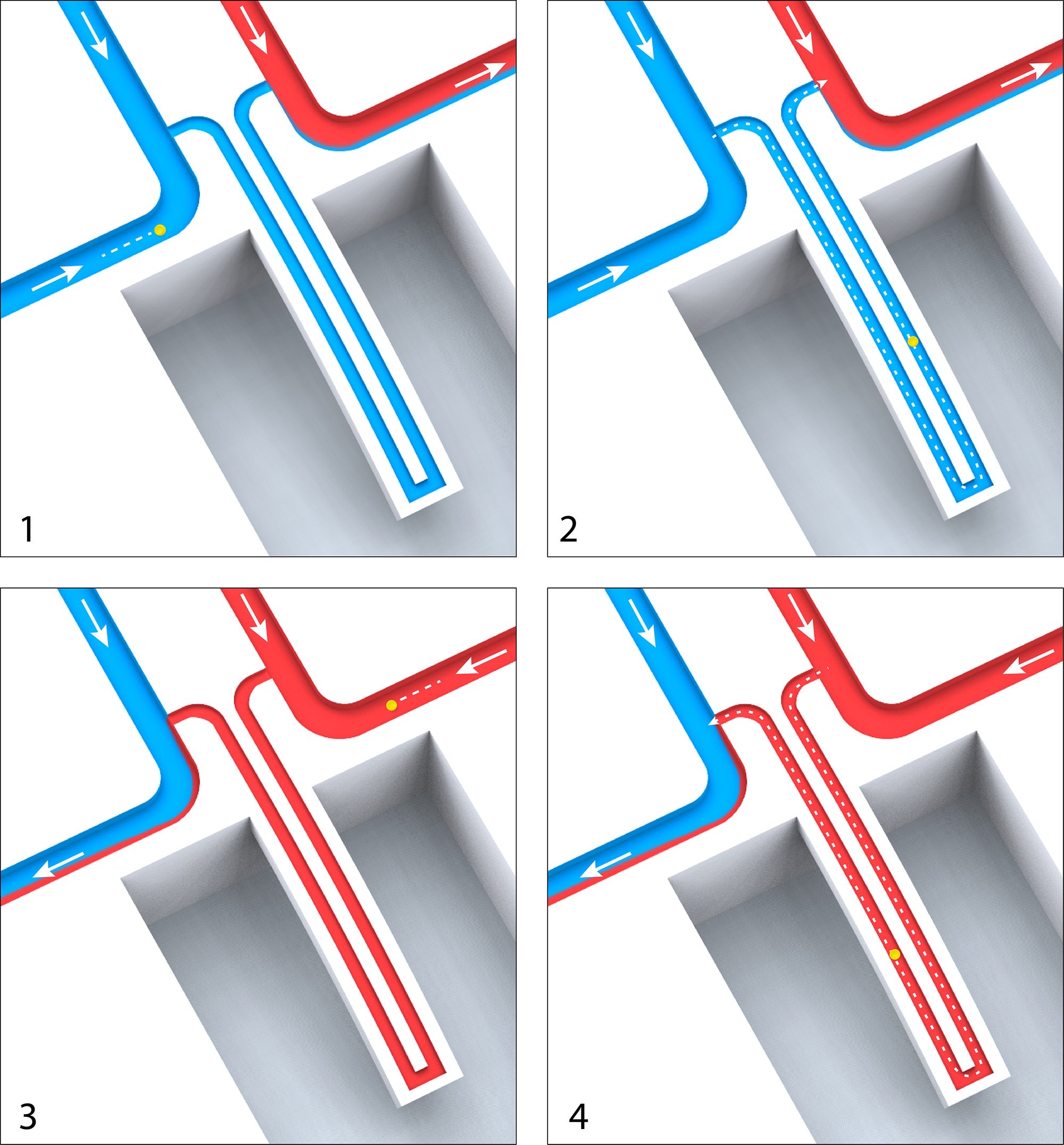
Using a device that measures the masses of single cells, the scientists can predict whether a particular drug will kill tumor cells, based on how it affects their growth rates. The researchers successfully tested this approach with a very aggressive type of brain cancer called glioblastoma and a type of blood cancer known as acute lymphoblastic leukemia. They reported their results in an article published online on October 10, 2016 in Nature Biotechnology. The article is titled «Drug Sensitivity of Single Cancer Cells Is Predicted by Changes in Mass Accumulation Rate." «We’ve developed a functional assay that can measure drug response of individual cells while maintaining viability for downstream analysis such as sequencing," says Scott Manalis, Ph. D., the Andrew (1956) and Erna Viterbi Professor in the MIT Departments of Biological Engineering and Mechanical Engineering and a member of MIT’s Koch Institute for Integrative Cancer Research, who is one of the paper’s senior authors. David Weinstock, Ph. D., and Keith Ligon, Ph. D., of
The MIT and
For the past several years, Dr. Manalis’ lab has been developing a device known as a suspended microchannel resonator (SMR), that can measure cell masses 10 to 100 times more accurately than any other technique. This allows the researchers to precisely calculate growth rates of single cells over short periods of time.
In the current study, Dr. Manalis’ lab members worked with
After exposing cancer cells to the drug, the researchers waited about 15 hours and then measured the cell’s growth rates. Each cell was measured several times over a period of 15 to 20 minutes, giving the researchers enough data to calculate the mass accumulation rate. They found that cells known to be susceptible to a given therapy changed the way they accumulate mass, whereas resistant cells continued growth as if unaffected.
«We’re able to show that cells we know are sensitive to therapy respond by dramatically reducing their growth rate relative to cells that are resistant," Dr. Stevens says. «And because the cells are still alive, we have the opportunity to study the same cells following our measurement.»
ADVANTAGES OF TECHNIQUE
One major advantage of this technique is that it can be done with very small numbers of cells. In the experiments with leukemia cells, the researchers showed they could get accurate results with a tiny droplet of blood containing about 1,000 cancer cells.
Another advantage is the speed at which small changes in cell mass can be measured, says Anthony Letai, M.D., Ph. D., an Associate Professor of Medicine at
«This system is well suited to making rapid measurements," says Dr. Letai, who was not involved in this study. «I look forward to seeing them apply this to many more cancers and many more drugs.»
UNDERSTANDING MECHANISMS OF RESISTANCE
The researchers are now using this mass measurement technique to test cells’ susceptibility and to then isolate the cells and sequence the RNA found in them, revealing which genes are turned on.
«Now that we have a way to identify cells that are not responding to a given therapy, we are excited about isolating these cells and analyzing them to understand mechanisms of resistance," Dr. Manalis says.
In a recent, but different, paper in Nature Biotechnology (September 5, 2016), the researchers reported on a
«FANTASTIC ACHIEEVEMENT»
In commenting on the new work, Michael A. Goldman, Ph. D., Professor and Chair, Department of Biology, San Francisco State University, said the following.
«This is a fantastic achievement that brings personalized medicine down to the individual cell level. It will be important to see how the insight we gain into drug susceptibility will translate to in vivo treatments. It is also possible that an individual’s metabolism of the drug might affect treatment outcome.»


